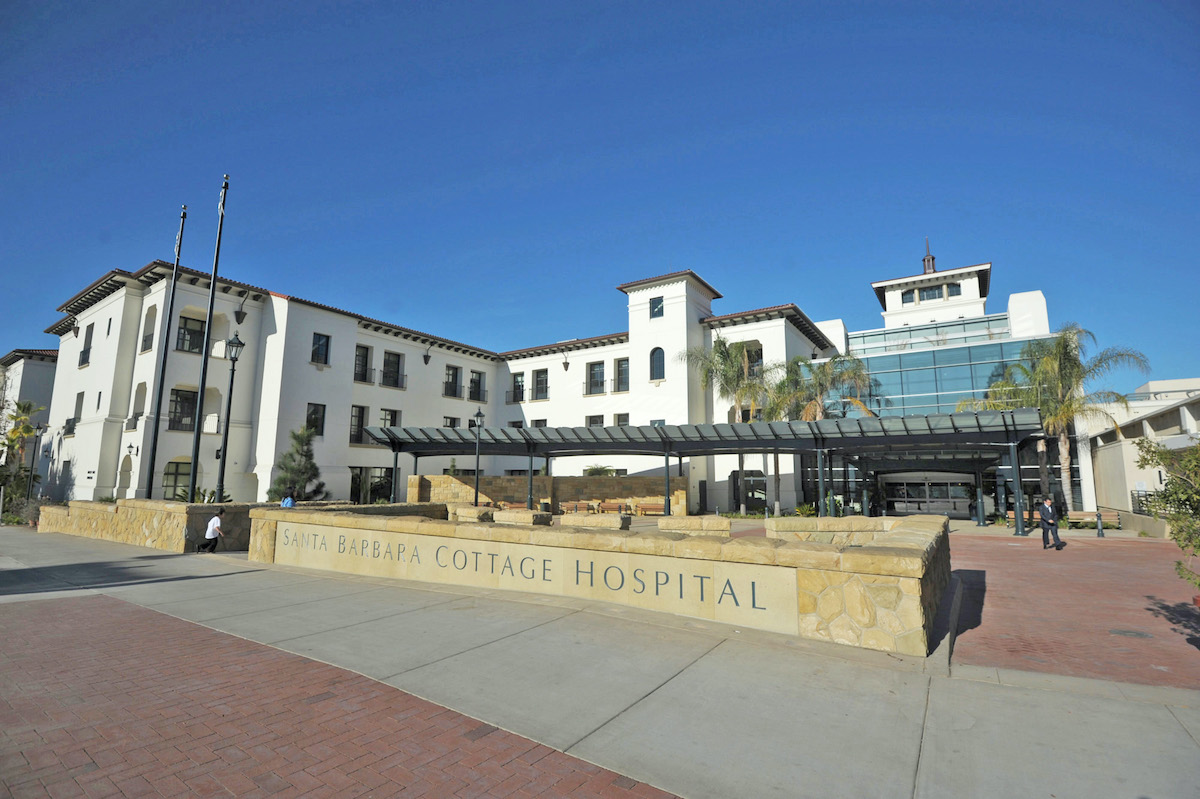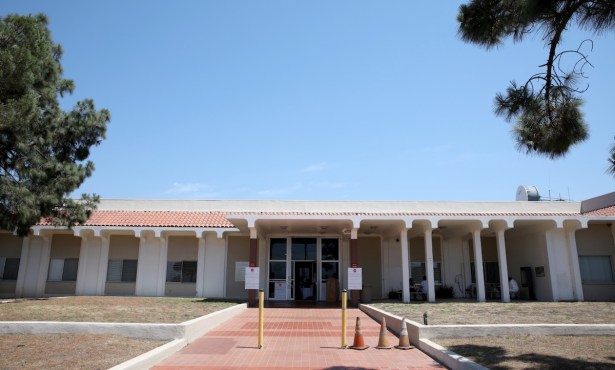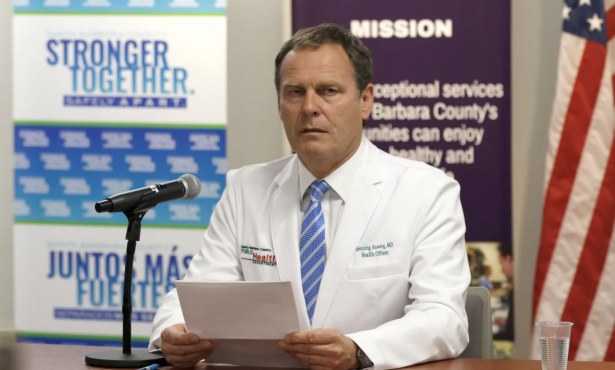How to Report Sexual Assaults in Santa Barbara County
Where Survivors Can Receive Examinations, Report Crime

The aftermath of a sexual assault is an incredibly vulnerable and volatile time for survivors, and in Santa Barbara County, survivors are met with a labyrinth of options, with no clear understanding of where to seek care or how to report the crime.
From Santa Maria to Carpinteria, there are three centers where a rape survivor can receive a forensic examination, commonly known as a rape kit: Santa Barbara Cottage Hospital, Marian Regional Medical Center in Santa Maria, and the Lompoc Valley Medical Center. All of these centers fall under the umbrella of the Sexual Assault Response Team (SART), overseen by the Santa Barbara County District Attorney’s Office.
The SART is a countywide organization, composed of employees of public and private entities, including the Santa Barbara County Public Health Department, Cottage Hospital, and Standing Together to End Sexual Assault (STESA), formerly known as the Rape Crisis Center. The organization oversees the three rape crisis centers throughout the county and works with child welfare services and local law enforcement in communicating with survivors and determining the best method of collecting evidence.
The Independent contacted several other health-care and medical service providers, including UCLA Health, Sansum Clinic, and the Student Health Center at UCSB, and asked if they provide sexual assault exams. Jill Fonte, public information officer for Sansum Clinic, said Sansum did not perform sexual assault exams. UCLA Health and UCSB representatives did not respond by deadline.
Elsa Granados, president of STESA, said her organization provides Lyft, Uber, or bus tokens to a survivor needing transport to the SART clinic, as well as access to food or shelter, assistance in obtaining an emergency protective order, and counseling. Granados said the role of an advocate is to empower a survivor to make whatever choice is best for them. “We work off an empowerment model because sexual assault is disempowering,” she said. “Our job is to give a clear picture of the process.”
There are three potential choices of examination after a sexual assault, as Granados explained: a forensic exam, a restricted exam, or an anonymous report.
Sign up for Indy Today to receive fresh news from Independent.com, in your inbox, every morning.
A forensic exam is what has been known as a rape kit, where a qualified nurse will collect physical evidence by swabbing different areas of the body, though this must be done within a 120-hour window after the assault. After this period, Granados said physical evidence is much less likely to be present. Following a forensic exam, law enforcement is contacted, and the survivor would be expected to make a statement to detectives.
In a restricted exam, a physical exam is conducted, but law enforcement is not contacted. Any personal information about the subject of the physical exam is not attached to the exam. Granados said this allows survivors to consider if they’d like to press charges while preserving evidence. If a survivor decides to involve law enforcement, a SART member will locate the exam of the survivor and provide it to detectives.
An anonymous report, as Granados described, is for survivors who only want to describe their attack and are not comfortable with a physical exam. In this case, a survivor would tell the story of the attack, and a member of the SART team would submit this to local police as an anonymous report. If there is a noticeable pattern in the attack, police will contact SART, and the survivor will have the option to speak to the police. Granados emphasized that it is not her place, or anyone’s, to tell a survivor what choice to make.
After a sexual assault has been reported, Santa Barbara Police Department Public Information Officer Sgt. Ethan Ragsdale said officers respond as soon as possible to take an initial report. “If detectives are off duty, they can be called into work to take over the investigation,” Ragsdale said. “Time is critical with these types of investigations.” Police officers can also provide transportation to a hospital or SART clinic, he said.
The Santa Barbara Police Department has a team of six detectives in its Persons Crime department, described as any interpersonal crime, to investigate sexual assaults. Once an investigation begins, depending on what type of exam the survivor consented to, a detective would take a statement from the survivor and collect the results of the forensic examination, if available.
A survivor can report a sexual assault no matter how much time has passed, even if they are no longer able to provide any physical evidence through a forensic examination.
Support the Santa Barbara Independent through a long-term or a single contribution.



